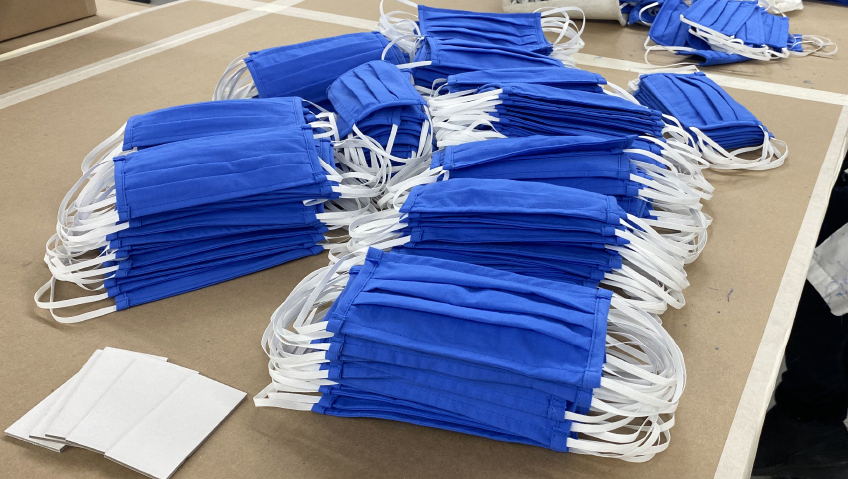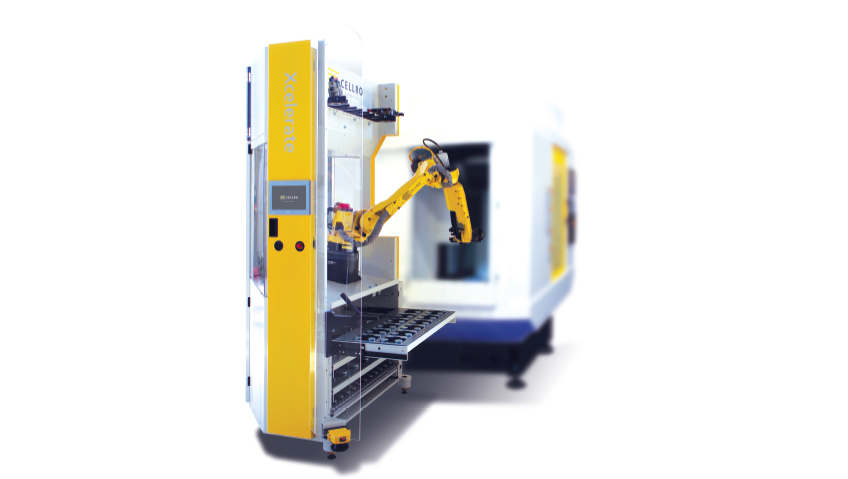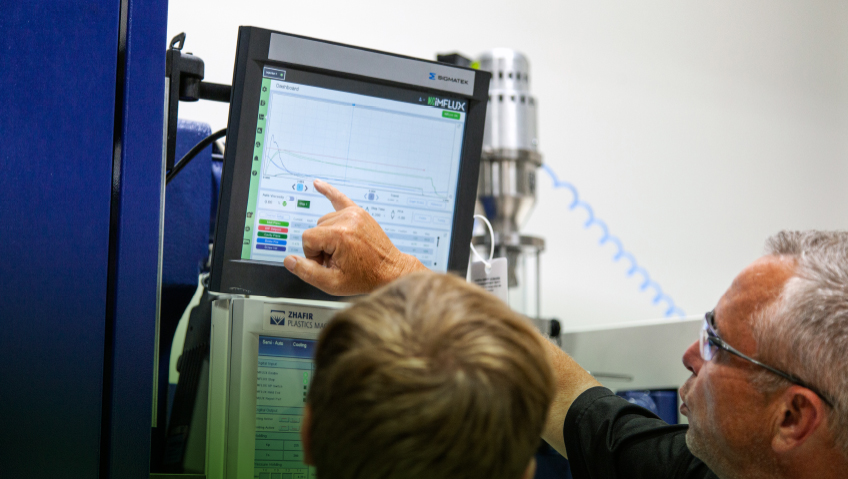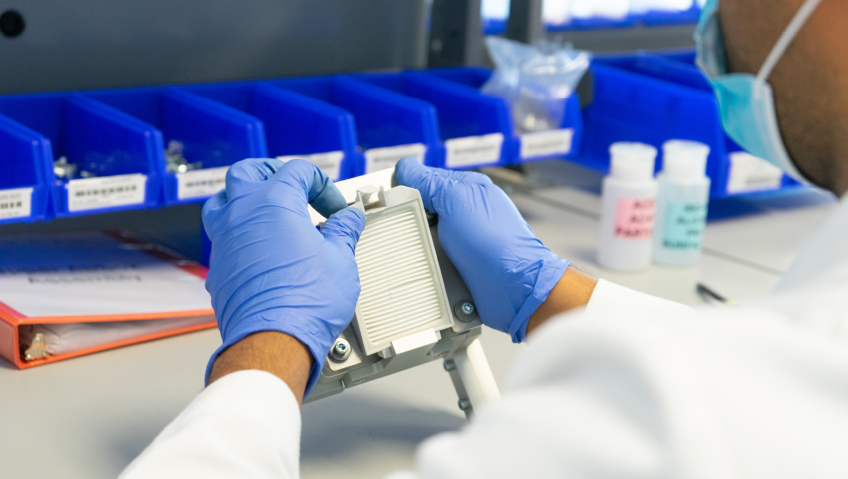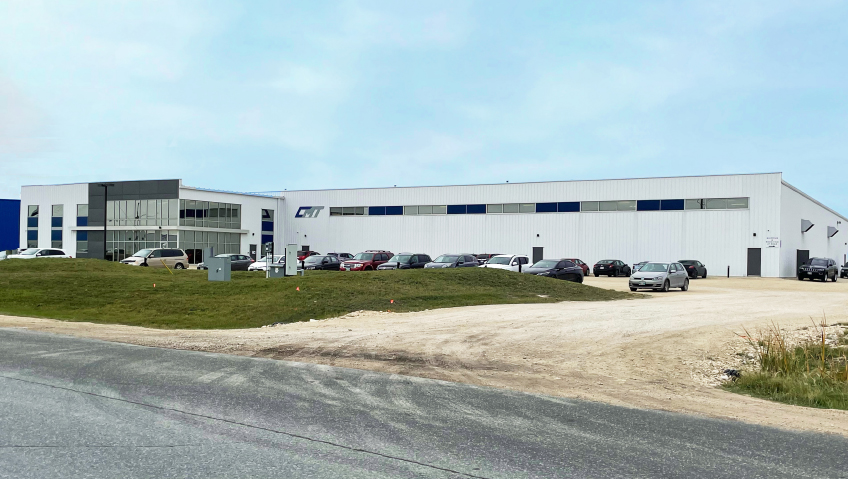For International Custom Products (ICP), the challenges of COVID-19 didn’t result in the well storied downturn in business typical of the global pandemic. How did this Toronto-based sewing company that makes expertly-stitched custom textile products like parachutes turn a quickly mutating virus into an entrepreneurial success story? What’s more, how did ICP catapult to 143 percent revenue growth over three years and reach a place among Canada’s Top Growing Businesses on the coveted annual list by the Globe and Mail?
“COVID was a good opportunity, as unfortunate as it is, for us to try and introduce some modernization into the market,” says Jeff Killin, ICP Director of Defense Sales.
ICP made a decision to accelerate its automation and pivot into manufacturing personal protective equipment (PPE) to help Canada overcome shortages the country’s frontline healthcare workers endured because of the pandemic. It was a win-win for hospitals and the ICP team who witnessed major growth in manufacturing and revenues.
High-quality, durable materials and design are what ICP does best, with a wide range of products from packaging for valuable auto parts to hypothermia-protective floatation jackets for the Canadian Navy. Core to its business are strategic defense and aerospace products, such as specialty parachutes that return recoverable rocket components from space.
“We didn’t know how this was going to affect our business and we were worried about maintaining our current business,” Marc Langlois, President of ICP, says of early COVID days. “But, on the other hand, we just thought, ‘we’re hearing about PPE shortages.’ So, we reached out to everybody and said, ‘we want to help.’ Everything was moving fast during COVID and after a month we got our first order.”
Clearly, this decision to come to the aid of Canada’s PPE crisis was beneficial to ICP’s short-term and long-range growth and strategy. “We’ve doubled in size twice, two years in a row,” says Langlois. ICP is now making 200 to 250 thousand PPE gowns every month.
Best of all, the move into providing medical supplies didn’t impact the company’s existing defense product business. “It’s actually increased in demand,” says Langlois. He recalls how ICP was pulled in two directions with the skyrocketing demand in business to supply medical gowns and keep up with the contracts for defense and aerospace.
At the same time, managing operational growth hasn’t been trivial. “It was difficult to hire and bring new people in,” Langlois says. “Hiring during a pandemic is difficult because you never know if someone you bring in for an interview will start an outbreak and everything will be shut down for two weeks.”
Langlois and his partners realized that automation was going to be fundamental in the company’s expansion. “We’ve always had an automation mindset but our industry has historically been very manual and slow changing. I’d say we are at the forefront of innovation and R&D.”
ICP knew that making medical gowns the traditional way would work for the time being, but if the company wanted to stay in the game long-term, it had to automate. The market for top-performing PPE is here to stay.
So, what does automation look like versus more traditional ways of manufacturing?
Historically, you would have a high-skilled employee at a sewing machine guiding material through the machine. Automation has simplified this process. Material is selected and placed on the machine. Computers do the rest, guiding the machine through a preset stitching pattern. This process significantly reduces machine time and allows highly skilled operators to be deployed on other manufacturing functions.
Similarly, cutting has been automated. These automated cutting processes were also in place pre-pandemic, but with increased requirements to manufacture PPE, ICP invested in more advanced cutting equipment. These machines result in less human time, reduced waste and improved speed to market.
“This investment helps us today, but it will also help in three years when the rebidding begins for long-term contracts. If we have an automated solution that is already paid off and the bugs have been worked out, theoretically, we can offer a better price and get more business,” says Killin.
The automated processes not only result in better pricing and reduced environmental impact, they allow for better deployment of labour throughout the manufacturing process. “Although medical gowns are difficult to design in terms of quality, they are quite simple to manufacture,” he adds.
Ensuring the gowns perform consistently is also key – and critical for healthcare workers and their patients. ICP found that a lot of the gowns initially sourced during the pandemic were imported and not up to Canadian standards. And many of the PPE products manufactured in Canada were being done by companies that didn’t have experience making medical gowns or other high-performance products.
This gave ICP the advantage. The company knows all about high-performance products and the need for exacting standards to withstand harsh environments and deadly viruses. Killin himself was an infantry sergeant in the Canadian military and training specialist for operations at home and overseas. The ICP team translated its know-how in the manufacturing of body armour for soldiers into the manufacture of reusable PPE.
Other gowns on the market that were rated to last 100 washes were failing after just five or 10 washes. “Our design and engineering team and quality team came up with new designs that allowed anyone with a sewing machine to produce high-performance, reusable medical gowns,” says Killin.
So the next pivot for ICP is more advanced automation. Both the simple and complex products on the company’s production line require an operator, someone to sew the material. “If we’re able to take some of those less skilled positions and automate them, it allows us to move the labour force onto more technical products like parachutes for space vehicles or other more complex products without having an extended timeline in terms of delivery,” says Langlois.
Automation for making parachutes is another area of interest for ICP, but timing has been a challenge, even with a track record of making these products for 20 years. “Although our customer would get multi-year contracts from the government, they continued to order from us on a yearly basis.” This year-to-year ordering scenario doesn’t provide the team with enough security to plan longer-term for automation. Ideally, ICP wants to lock in yearly ordering pricing with the customer, automate, and then begin negotiating multi-year material pricing with suppliers to reduce production costs.
Automation allows for less manual labour going into a finished product and a more competitive price. And that’s good for business as manufacturers help fuel the country’s economic recovery as we slowly emerge from the pandemic.
“Ultimately, a competitive price for a well-made product is in the best interest of the customer and government,” says Killin, of Canada’s push for reshoring. “And it’s also an argument to keep manufacturing in North America.”

